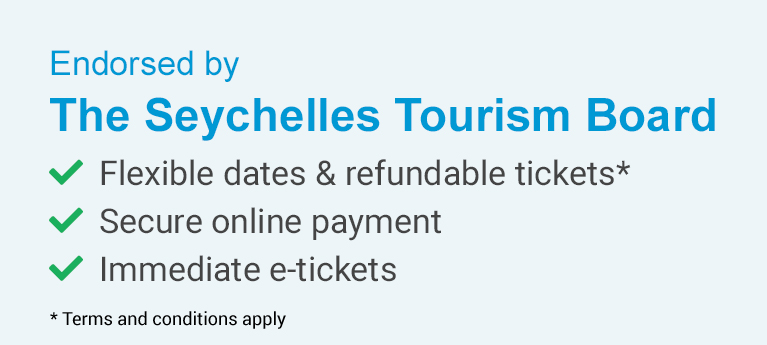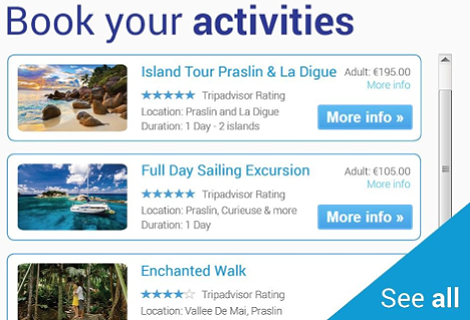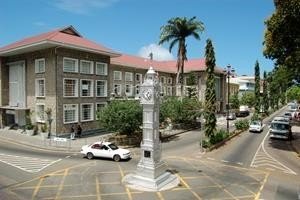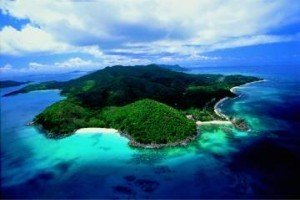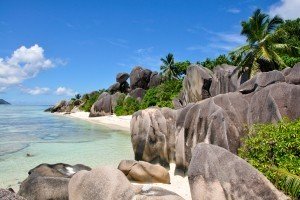Seychelles Travel Guide
Good to know when travelling in Seychelles
-
There are 3 official languages spoken in Seychelles: Creole (a sort of patois French), English and French.
-
Depending on the season, and its corresponding wind direction, seaweed can often plague the beaches on Mahe and Praslin; sometimes making it almost impossible to swim. But a seaweed-free beach is never far away, and many hotels offer a free shuttle service to beaches unaffected by this natural phenomenon.
-
Topless sunbathing is tolerated on many but not all beaches. Nudism is not acceptable.
- Seychelles enjoys a low level of crime. Nevertheless, with regards to your personal safety and that of your possessions, it’s still advisable to take some routine precautions:
- Always lock the door to your hotel/guesthouse room; even when in the room
- Don’t leave bags/valuables unattended on the beach; only take what you need
- Walking alone on isolated beaches or swimming alone is not advisable
-
You should avoid exchanging foreign currency with any individuals who approach you in a public place. These persons are probably engaging in unauthorised dealing, possibly with counterfeit currency.
-
To protect its unique and unusual tropical fauna and flora, visitors are discouraged from collecting seashells, feeding the birds or tortoises or picking any plants or flowers. Remember, “take only pictures…. leave only footprints.” For those who do wish to take home any flora as souvenirs, such as the famous Coco de Mer, make sure it bears a certificate showing it was purchased from a licensed retailer. You will also need an official export licence in order to take it out of the country; these are generally available when purchasing from an authorised seller.
-
Don’t be afraid to go to the bigger resorts for spa treatments. Most are more than happy to offer their services to non-guests.
- Although often dubbed as a honeymoon destination, there’s no reason not to travel with young children to Seychelles. Many of the larger hotels and resorts offer kids programs, allowing holidaying parents the opportunity to relax while their kids are kept entertained with lots of games and activities.
Seychelles information
What is the weather like in Seychelles?
Are there any health precautions I should take?
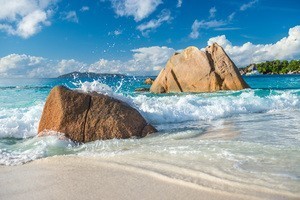
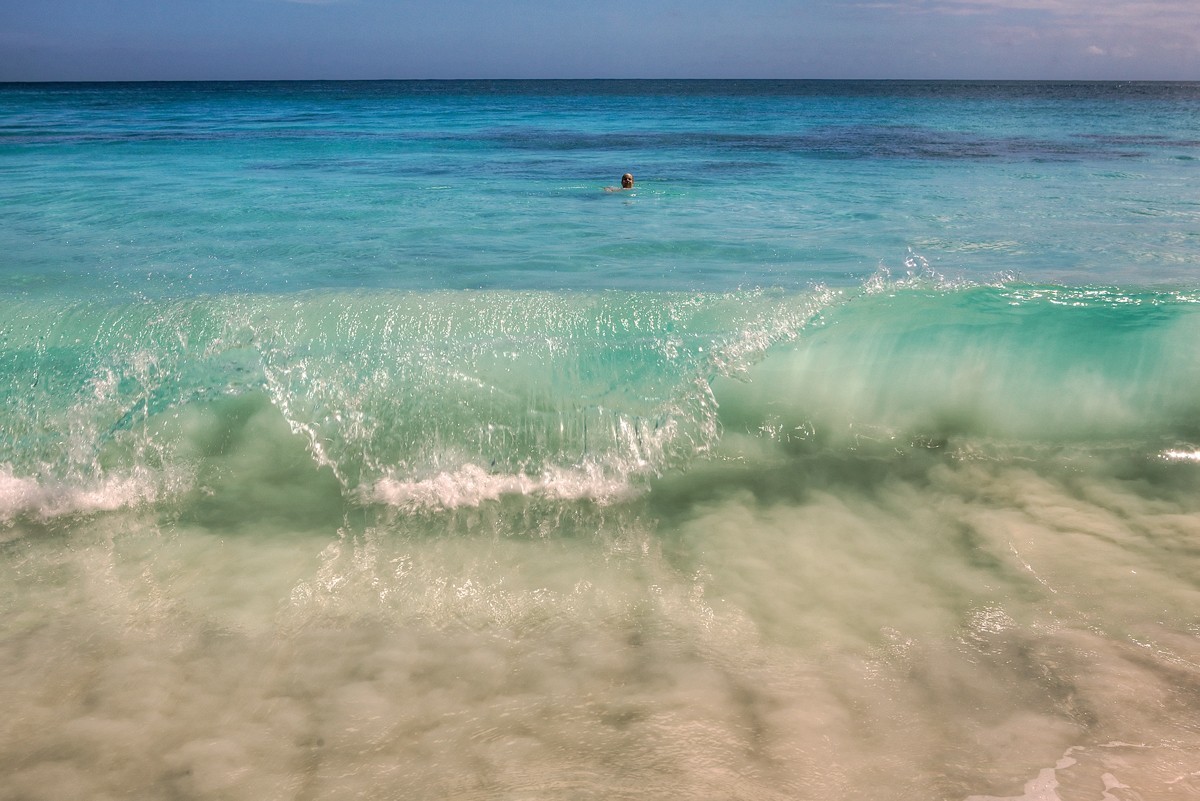
Visa Requirements
In addition, you may be asked to show proof of accommodation and may possibly need to show evidence of sufficient funds for the duration of your proposed stay.
How to Apply:
-
Use the
Seychelles e-Border app (available on iOS and Android) for a smooth application process. - Alternatively, apply online at www.seychelles.govtas.com.
- You can submit your application from 30 days before your arrival.
- €10 – Standard (24 hours)
- €30 – Premium (6 hours)
- €70 – Expedited (60 minutes)
- Valid passport
- Selfie (photo)
- Contact and trip information (including airline/cruise and accommodation confirmation)
- Credit or debit card for payment
As long as you meet the above requirements, you will be issued a Visitor’s Permit on arrival, free of charge, valid for an initial period of one month. Permits can be extended for free for up to 3 months from the issue date, after which further extensions will incur a fee.
Contact the Seychelles Department of Immigration in Victoria, Mahe, for more information.
Note: If arriving from a Yellow Fever endemic country (Uganda, Rep. of Congo, Angola, Kenya or Ethiopia), you must have a yellow fever vaccination booklet.
* Citizens holding a Kosovo passport require a visa
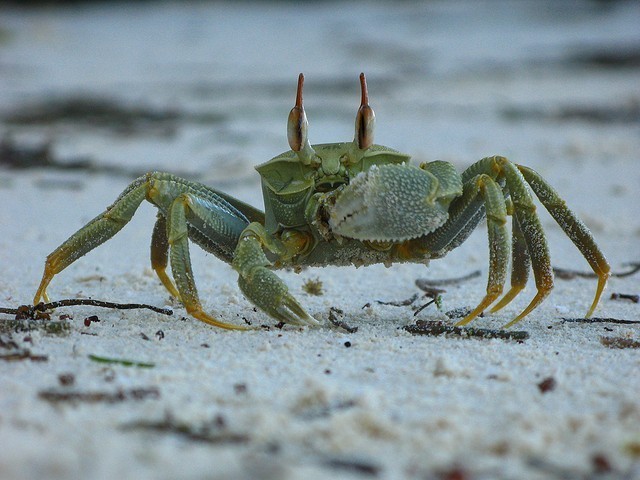
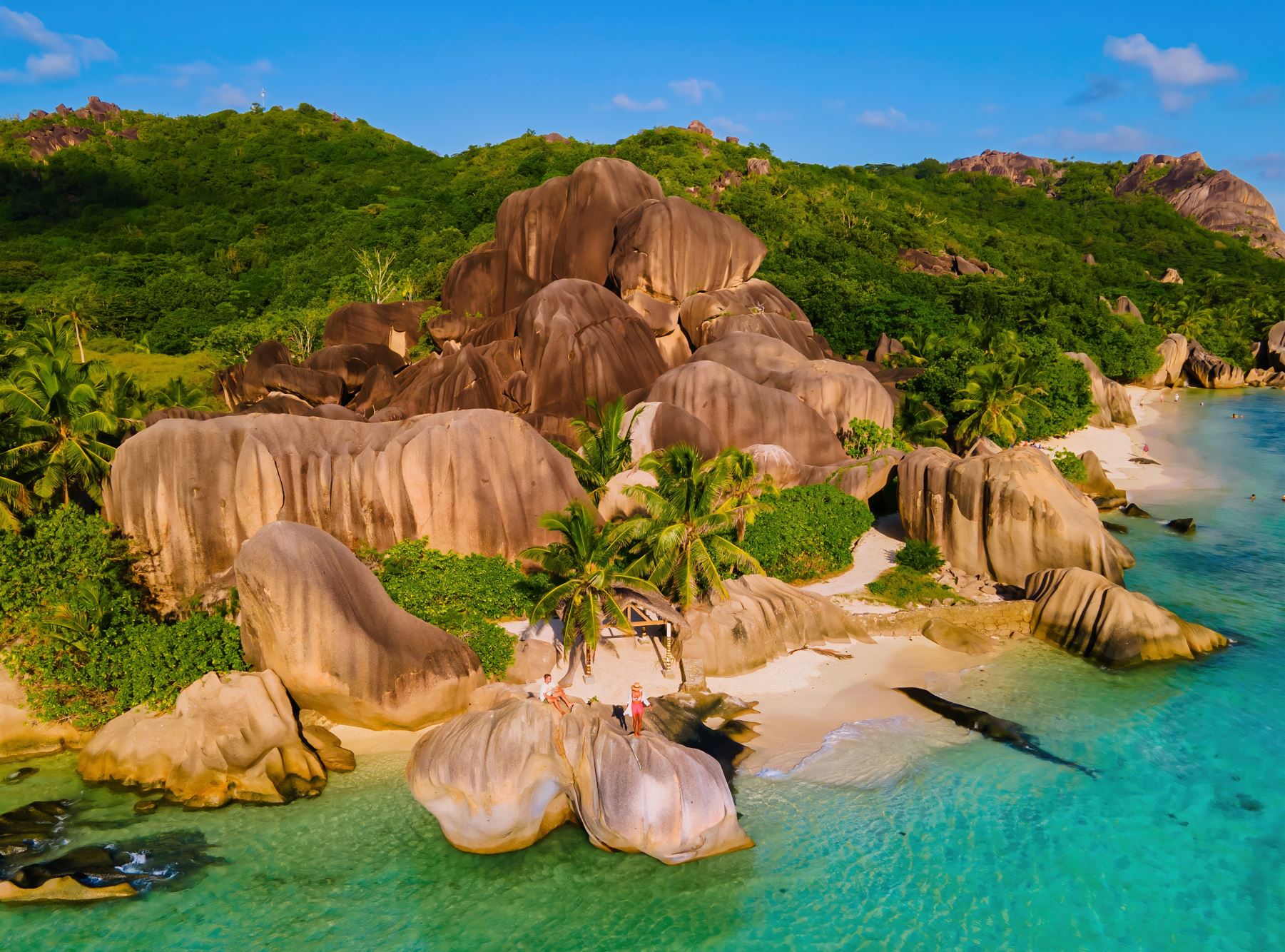
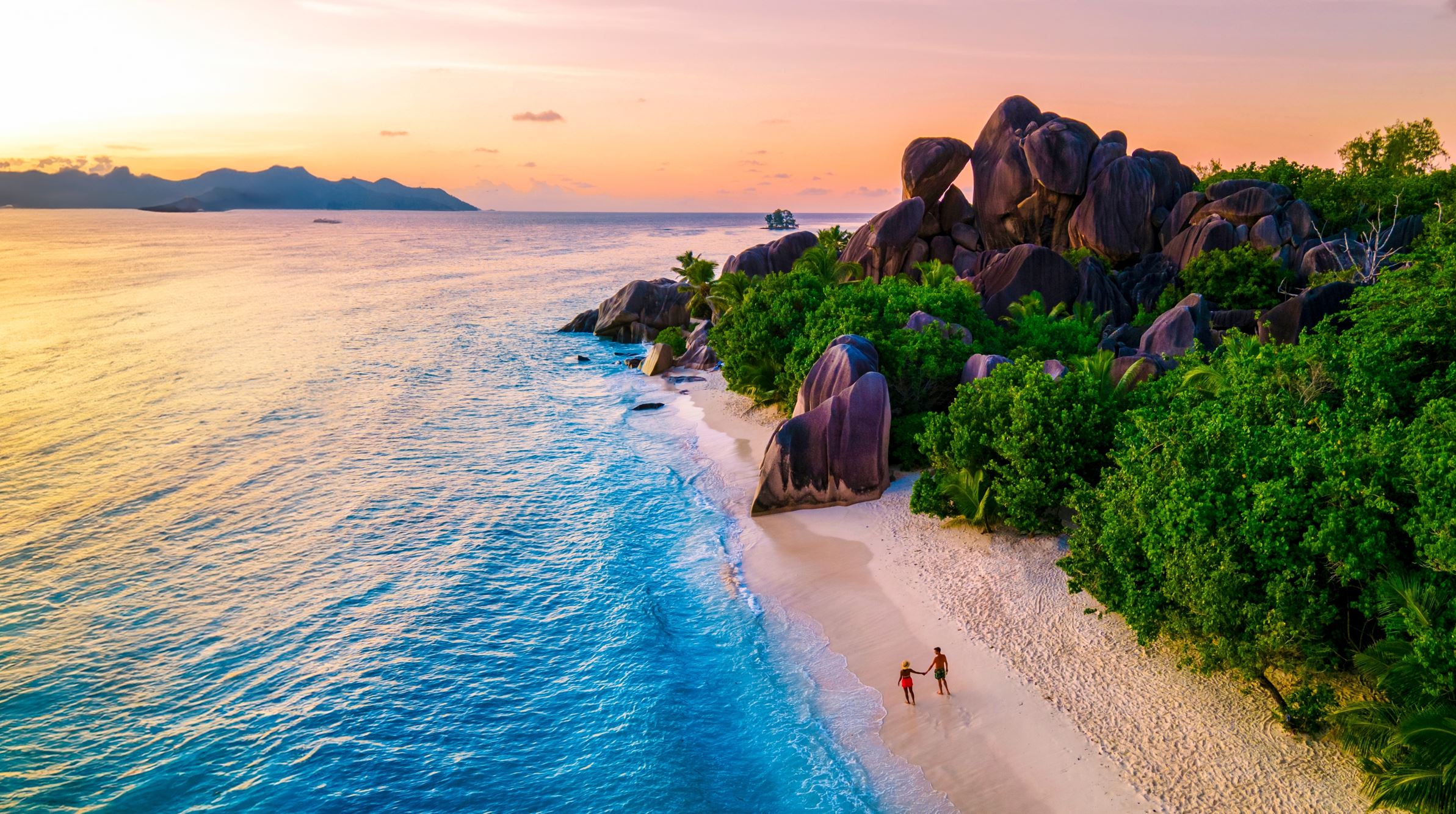
Currency
To/from Mahe airport
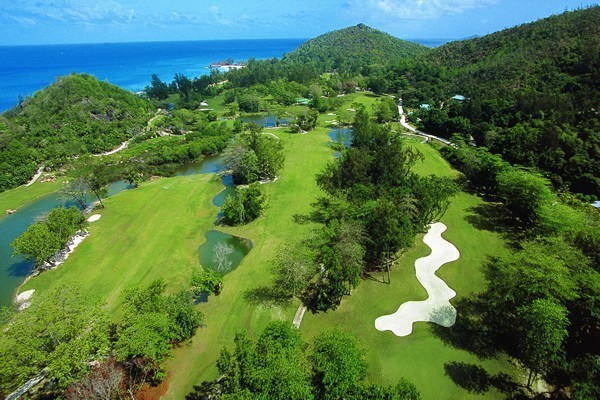
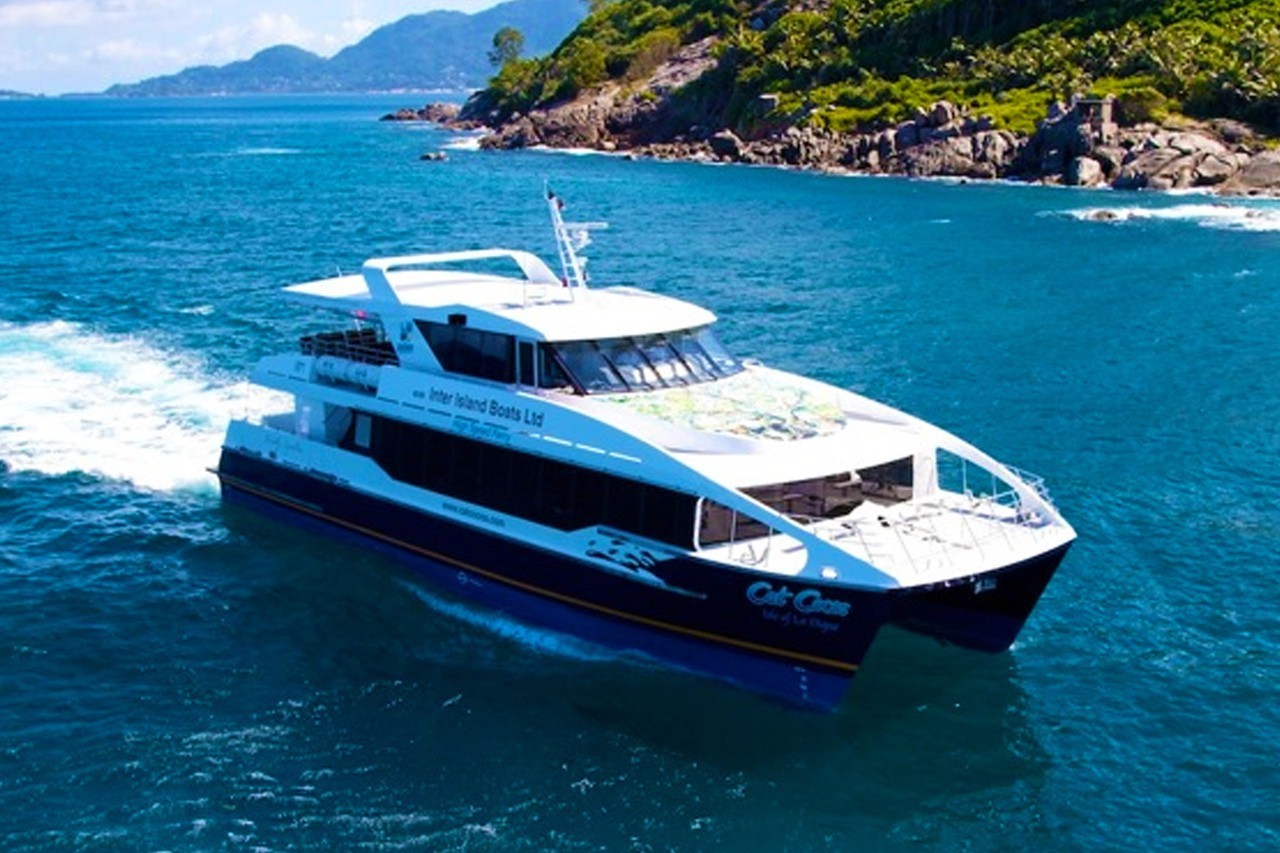
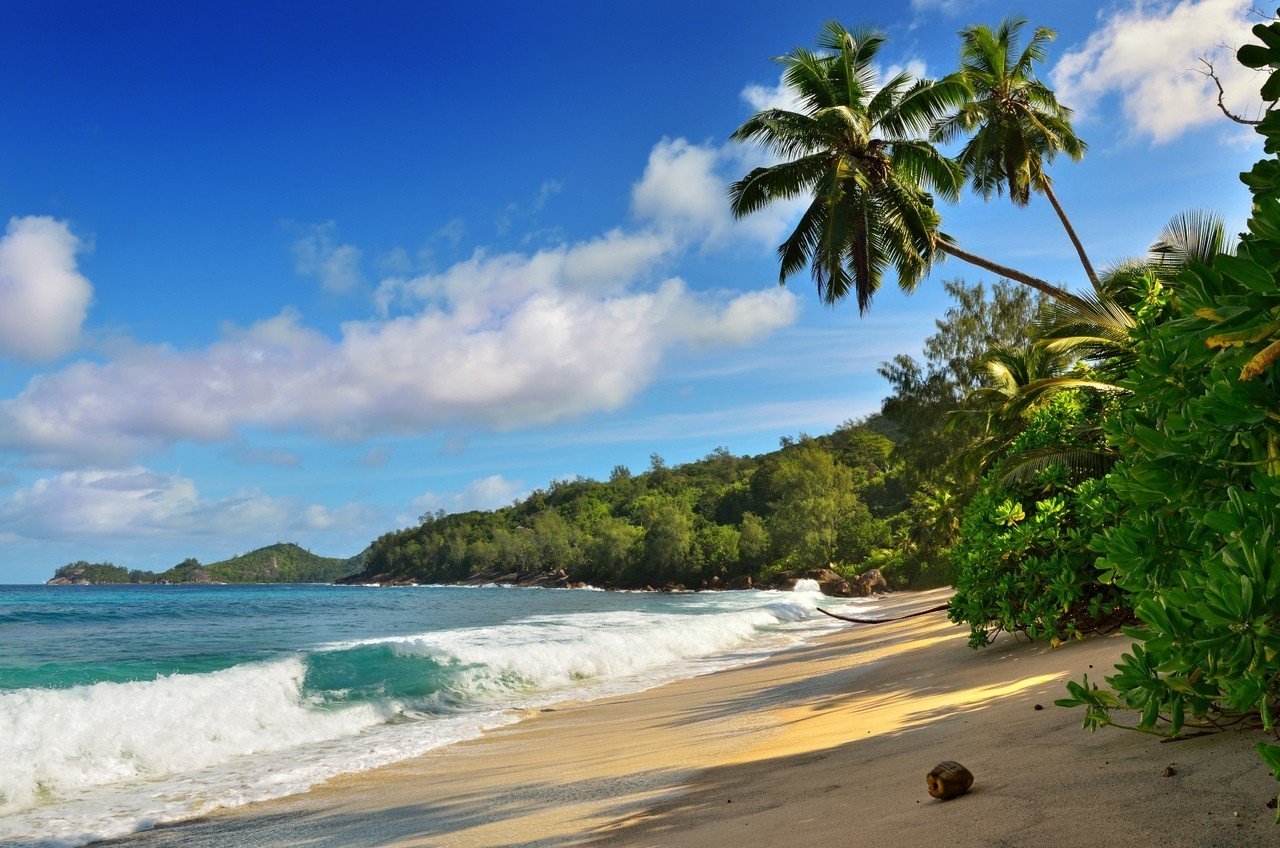
Getting around
What are the voltage requirements?
What is the time difference?
What are the best things to shop for in Seychelles?
Look out for jewellery crafted from coral, seashells, tortoiseshell and black pearls. In addition, locally produced perfumes, textiles and straw hats are also available as are paintings and other artwork by local artists. Teas, spices and locally grown vanilla are also popular gifts to bring back home.
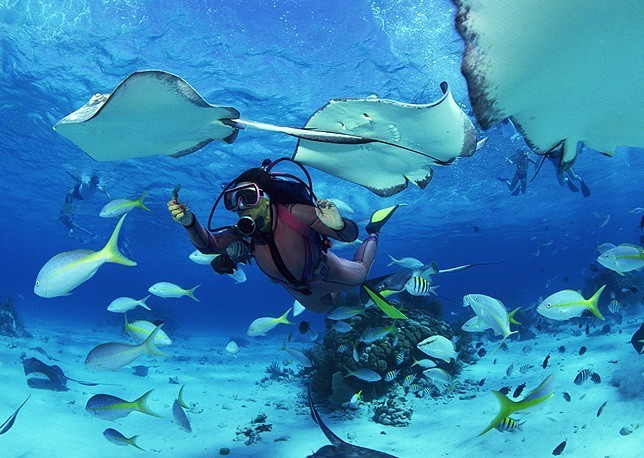
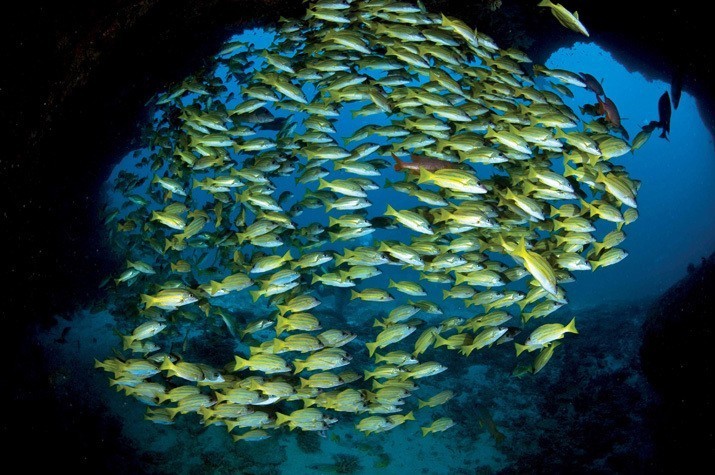
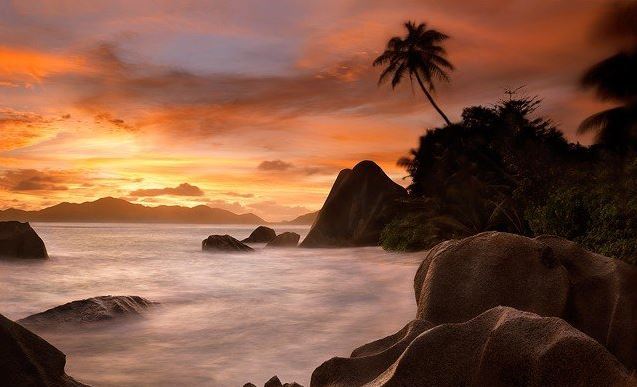
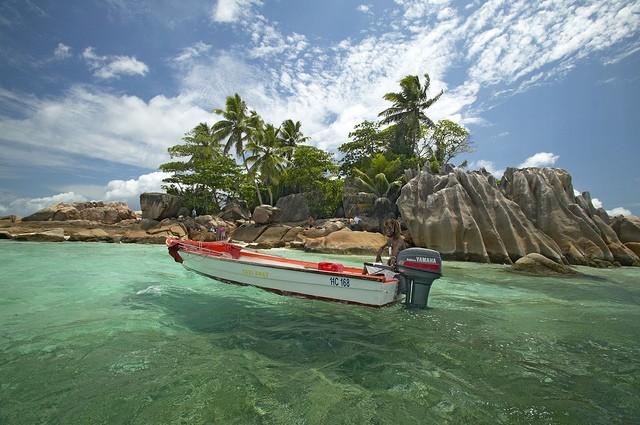
What should I bring?
Since it’s always warm in Seychelles and often quite humid, “Not a lot!” is probably the best answer. Light cotton clothing, T-shirts, shorts and light dresses are best. Don’t forget your swimsuit!
A wide-brimmed hat and sunglasses, as well as plenty of sunscreen, is important. Insect repellent for protection against mosquitos and sand flies is also highly recommended. Sandals and open-toed shoes are fine, however, if you plan on walking in the mountains it’s a good idea to bring a light-weight pair of walking shoes with you; a pair of reef-walkers or some other type of waterproof sandal is ideal for wading around the coastline.
Having some of the most photogenic scenery in the world, make sure you don’t forget to bring your camera(phone) and extra memory cards. Photographic supplies are available on the islands but it’s best to bring your own. A flashlight can be useful, especially if your accommodation is outside of the main resort areas. And even if you’re not an avid bird watcher, a small pair of binoculars may afford you a better glimpse of the exotic and rare birdlife.
Environmental Levy
Since 1st August 2023, an Environmental Levy is collected from visitors by accommodation establishments upon check-out. The levy goes towards securing and enhancing Seychelles' natural environment.
- Small tourism accommodations (1-24 rooms) are required to charge visitors SR 25.00 per person per night.
- Medium tourism accommodations (25-50 rooms) SR 75.00 per person per night
- Large tourism accommodations (51 rooms and above), yachts and island resorts SR 100.00 per person per night. Island resorts relate to establishments based on any island other than Mahe, Praslin, La Digue or Cerf Island.
The Levy is NOT applicable to citizens and residents of Seychelles, children aged 12 years and below, and airline/yacht crew members.
For more info, please refer to the Official Press Release.
Airport Departure Taxes
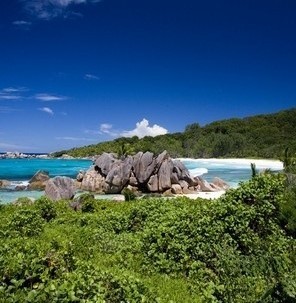
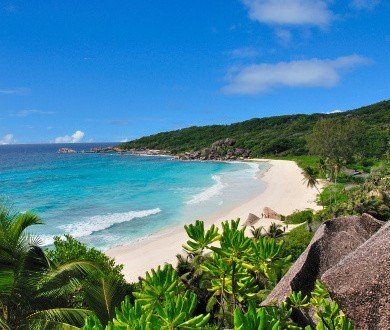
Mahe
As the gateway to the Seychelles archipelago and home to the capital city Victoria, the lush tropical island of Mahe is not only the nation’s financial and political hub but is a treasure trove of dense forests, mountain peaks, sweeping bays and secluded beaches.
Being the largest and most developed island in the archipelago, Mahe offers visitors a wealth of things to see and do as well as some of the best places to eat and drink. Check out our Mahe Travel Tips for more information.
Praslin
Only an hour from Mahe by ferry, the tropical paradise of Praslin - Seychelles’ second-largest island – beckons visitors with the promise of world-class beaches, stunning endemic forests and unlimited opportunities to relax and unwind.
For the more adventurous, the crystal-clear waters surrounding Praslin offer great diving and snorkelling opportunities as well as big game fishing and the possibility to visit neighbouring islands and their giant inhabitants.
La Digue
No longer just a day-trippers attraction, the small granite island of La Digue is fast becoming a popular vacation destination in its own right.
With a laid-back, off-the-beaten-track atmosphere, palm-fringed beaches, rare wildlife and very few motorised vehicles, it’s easy to see why visiting La Digue, for many, is considered a true tropical island experience. And when you’re done lazing on the beach, there’s still plenty to explore both above and below the water.

